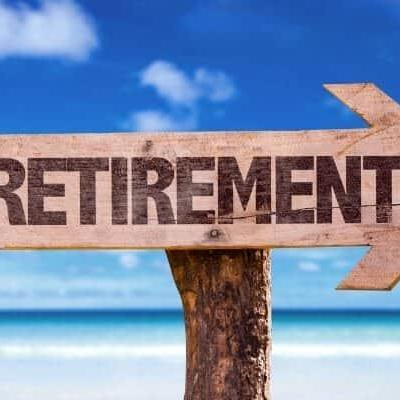How to Deal with Inflation in Retirement

It’s inevitable for prices to rise over time. The issue arises when they increase faster than sources of income.
Housing costs are affected by inflation in several ways.
Home prices are at an all-time high and have climbed significantly over the last decade. That not only makes it more challenging to purchase houses, but greater home values also lead to higher property tax assessments and more tax due. Insurance premiums will also rise due to rising material costs for replacement value. Household energy, furniture, and appliances have also been quite volatile.
Tax rates aren’t directly affected by inflation; they’re merely unpredictable in terms of the policy. The federal tax brackets and many other tax factors (deductions and credits) are adjusted for inflation to help counteract the annual loss of purchasing power. The Tax Cuts and Jobs Act, which entered into effect in 2018, will expire in 2025.
Healthcare costs have also grown significantly, a trend that’s certain to continue, and future increases are projected to outstrip the general rate of inflation. Health insurance rates rise in response to increased costs over time.
The bottom line is that we should anticipate expenses to increase more, which might be unpredictable at times.
What happens to a FERS pension and Social Security income when inflation is high?
The good news is that cost of living adjustments (COLAs) are incorporated into both a FERS Pension and Social Security for people who are currently receiving benefits.
The FERS pension COLA is determined by changes in the Consumer Price Index (CPI-W). If the CPI is 2% or less, you get the CPI increase; if it’s more than 2% but no more than 3%, you get a 2% COLA increase; and if it is more than 3%, you get CPI minus 1%. To get the full COLA, a retiree or survivor annuitant must have been receiving payments for the whole year. However, an earlier retirement may cause issues because pension COLAs don’t begin until age 62. Overall, that’s a good deal.
COLA increases based on the Consumer Price Index (CPI-W) are also included in Social Security Income. The earliest you may claim benefits is at 62.
While these increases may not completely match price increases particular to your spending, they provide a solid hedge against inflation for various sources of retirement income.
Both types of income go best with a later retirement date.
How do you intend to stay up?
When discussing retirement, one of the first things people say is, “I can’t afford to lose any money.”
It makes perfect logic, yet this thinking may be harmful at times.
We need to expand faster than purchasing power declines, which implies investing to stay ahead. Investing in stocks may be an effective method for combating inflationary tendencies over time.
A balance of conservative and growth-oriented assets in your portfolio is also critical. The right combination is unique to you, and preparing ahead of time for income needs may be a wise way to approach portfolio creation.
Are you ready?
When you get down and crunch the figures, you should find that you have more money than you need. However, it is more often than not close. That’s because we tend to raise our quality of life as our careers and incomes progress, and it can sometimes be challenging to reverse this trend.
Inflation is difficult to deal with, especially if you’re under 62. You’ll be dependent on assets and other sources of income to keep up the pace until FERS COLAs kick in, and you decide to claim Social Security, not to mention a longer period to plan for.
Working longer than intended or planned may be beneficial if things look too close for comfort.
Of course, this is not the preferable solution, but let’s be creative! Look for possibilities to work more flexibly, such as telework or shorter hours. You may continue to work toward the 1.1% multiplier, earn a paycheck, and contribute to investments while maintaining your present hi-3.
Contact Information:
Email: [email protected]
Phone: 8889193252
Popular posts

Civilian Military Employees Are...
Key Takeaways Many civilian...

Military Buyback Programs Could...
Key Takeaways: A military...
Free Retirement Benefits Analysis
Federal Retirement benefits are complex. Not having all of the right answers can cost you thousands of dollars a year in lost retirement income. Don’t risk going it alone. Request your complimentary benefit analysis today. Get more from your benefits.
I want more


